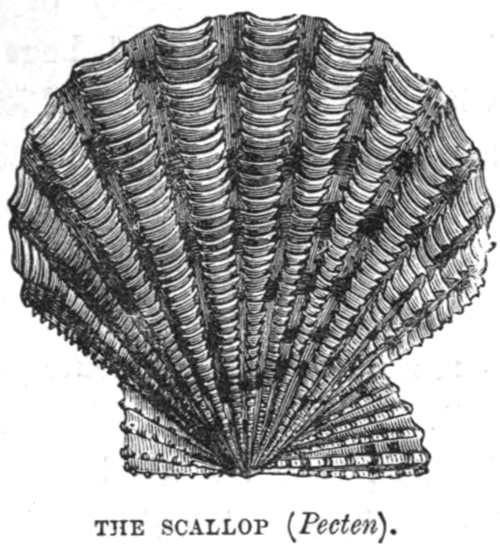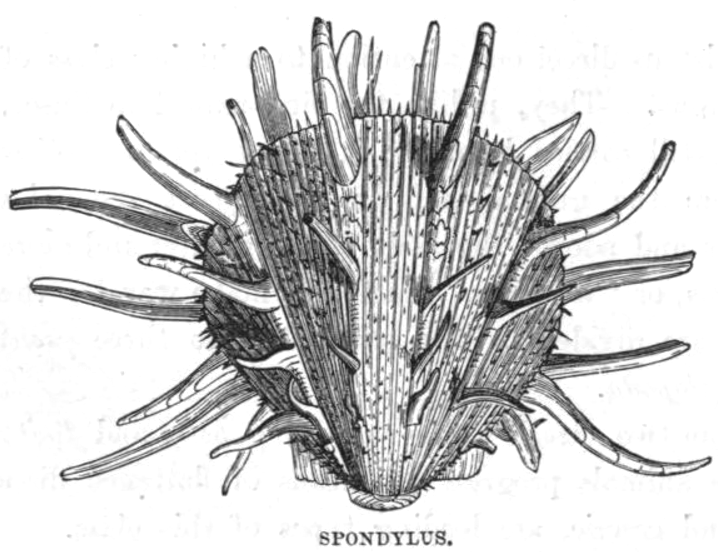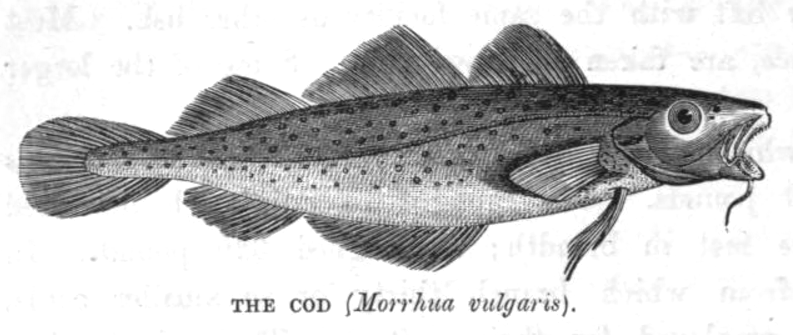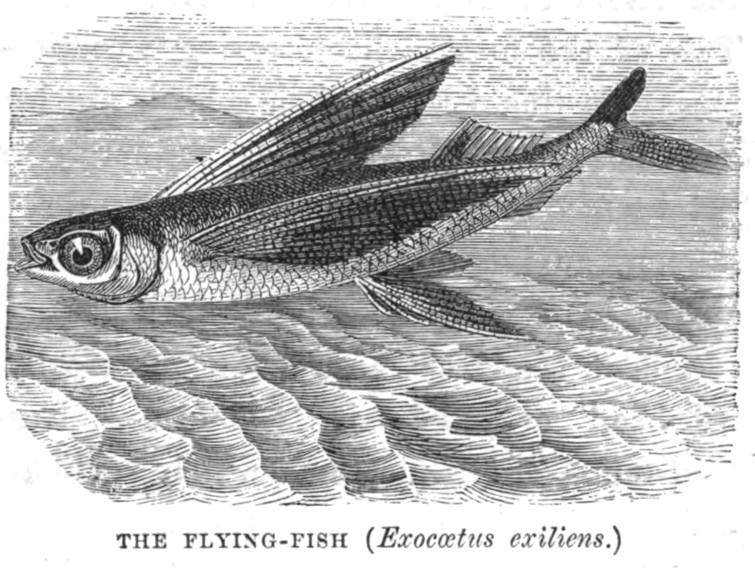Found May 1919, three miles south of Narragansett Pier, Rhode Island.
In a bottle:
“May 19, 1919. 1:34 a. m.–Accident to plane and I am drifting in a collapsed boat, latitude 51 degrees 36 minutes north, longitude 15 degrees 30 minutes east.
HAWKER”
Harry Hawker was a famous Australian aviator who was known to be attempting, with navigator Kenneth Mackenzie Grieve, to complete the first transatlantic flight in his experimental Sopwith Atlantic plane. The first pilot to cross the Atlantic within 72 hours stood to win a prize put forward by the Daily Mail of £10,000.
Hawker left Newfoundland on 18 May 1919. On the following day, the plane’s engine overheated, and Hawker diverted his course towards the shipping lanes, where he and Grieve were picked up by Danish freighter the Mary.
The Mary did not have a radio, so the world did not know what had happened to Hawker until after he reached Scotland around 26 May. In the meantime, Hawker’s message was considered to be of “very doubtful origin”. Hawker’s plane did carry a lifeboat, but Hawker did not publicly mention sending a message in a bottle.
Hawker was subsequently awarded a £5,000 consolation prize from the Daily Mail, and went on to name his daughter Mary after the ship that rescued him. He died in an aircrash in 1921, aged 32.
[Washington Times, 25 May 1919]









